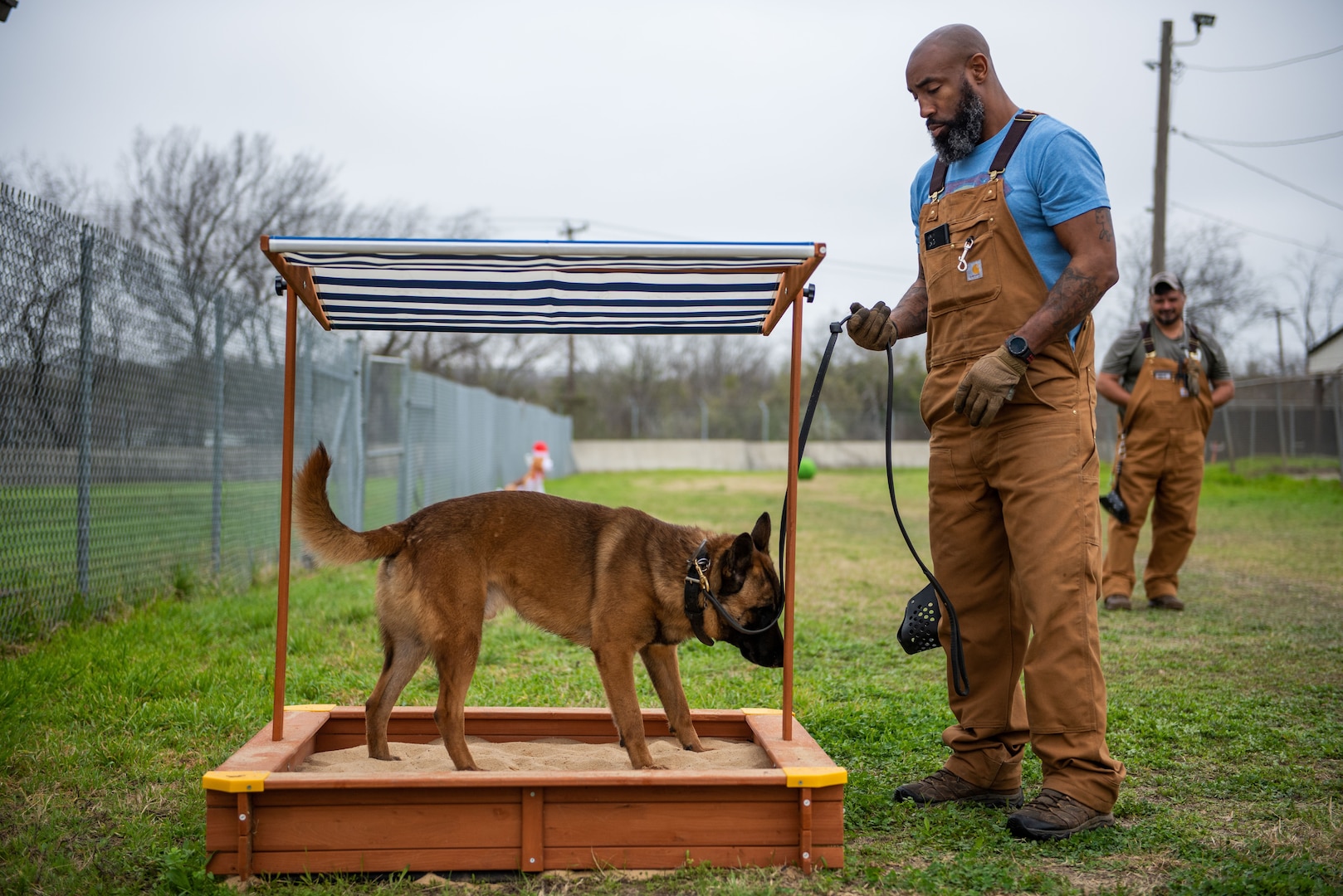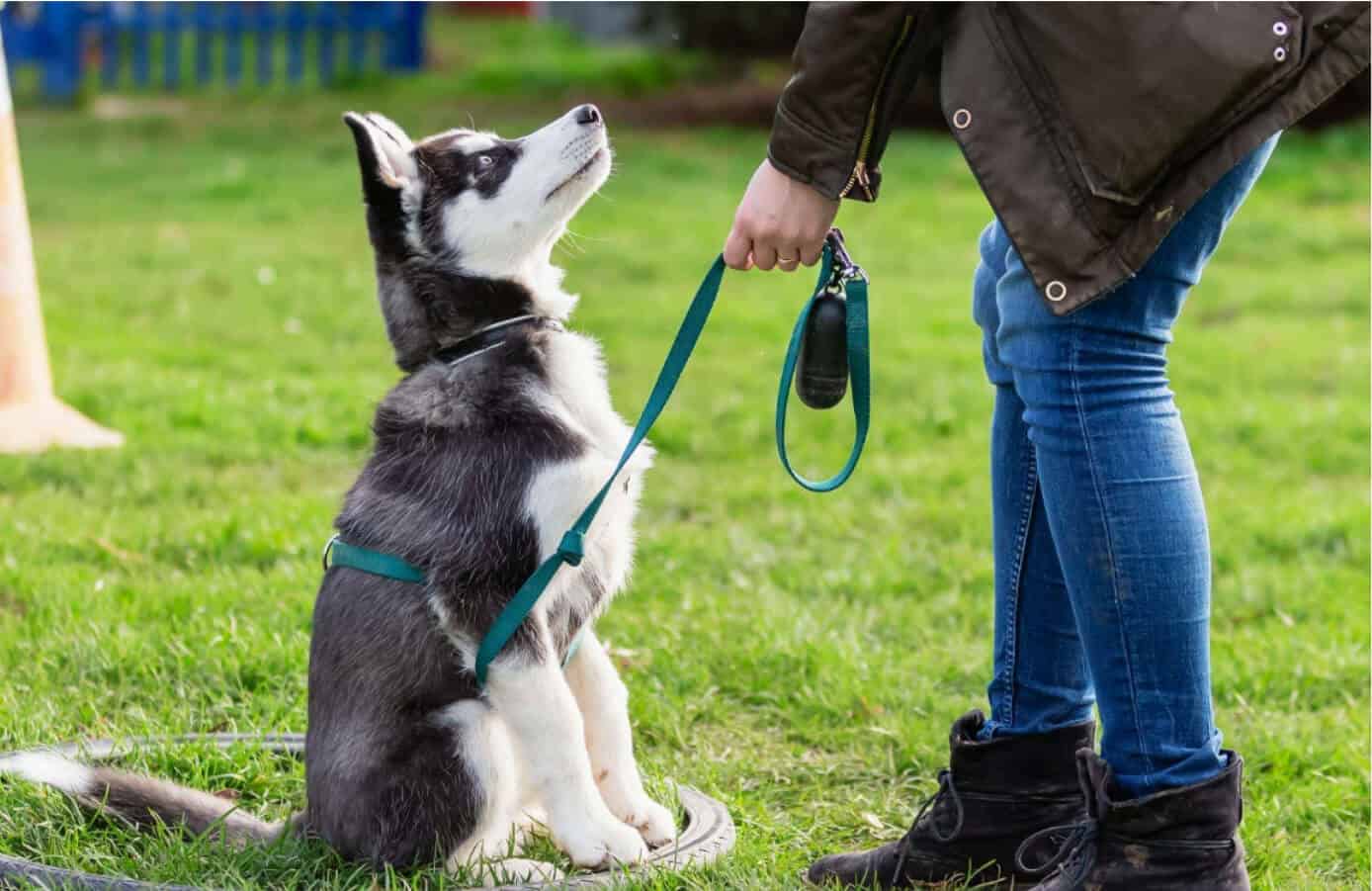How to Master Dog Training and Build a Stronger Bond with Your Pup
How to Master Dog Training and Build a Stronger Bond with Your Pup
Blog Article
Leading Pet Educating Strategies Every Owner Should Know

Favorable Reinforcement Techniques
Utilizing favorable support methods is vital for efficient pet dog training, as it fosters a trusting bond in between the canine and the trainer. This method concentrates on rewarding desirable habits rather than penalizing undesirable ones, developing an environment for finding out. Rewards can consist of treats, appreciation, or play, which inspire dogs to repeat the behaviors that make them these incentives.

In addition, this approach boosts the pet dog's interest for training sessions. When canines connect training with favorable experiences, they are much more involved and responsive. Past prompt habits alteration, positive reinforcement motivates a joint partnership between the dog and trainer, reducing stress and anxiety and anxiety
To maximize efficiency, it is critical to provide benefits immediately, making sure the pet connects the behavior with the reinforcement. Essentially, favorable support techniques not only produce better-trained pet dogs yet additionally promote a harmonious collaboration in between canine and proprietor.
Remote Control Training Method
The clicker training approach is a very effective technique that builds upon the concepts of favorable support by adding an unique audio to mark desired behaviors. This method utilizes a small portable tool that generates a clicking audio, enabling fitness instructors to interact with their pets in a instant and clear way. When a canine carries out a behavior that the proprietor wants to urge, the remote control is triggered, complied with by a reward, normally in the type of treats or praise.
The trick to successful clicker training exists in uniformity and timing. It is vital to click at the precise moment the preferred actions happens, guaranteeing that the canine links the noise with the action and the subsequent reward. This method not just improves interaction yet additionally fosters a more powerful bond between the canine and the owner, as it urges interaction and interaction during training sessions.
Remote control training can be put on a selection of commands and behaviors, from basic obedience to much more complex tricks. Its versatility and efficiency make it a favored strategy among specialist fitness instructors and pet owners alike, leading the way for a trained and responsive canine friend.
Chain Training Essentials
Effective leash training is important for guaranteeing a pleasurable and risk-free walking experience for both dogs and their proprietors. A level collar may function for some dogs, while others might benefit from a harness that lowers pulling.
Introduce your pet to the chain slowly, permitting them to discover it in a comfy atmosphere. This includes fulfilling your pet dog for strolling beside you rather visit site than drawing ahead.
If your pet begins to draw, quit walking instantly. Additionally, technique various strolling settings to help your pet dog adapt to distractions.
Regular technique will strengthen your pet's understanding of chain etiquette. Remember that chain training is a continuous process; patience and uniformity will generate the ideal outcomes, promoting a favorable experience for both you and your canine friend.
Socializing Strategies
Socialization is a vital element of dog training that must ideally start during puppyhood but can be valuable at any type of age. Effective socializing aids pets create confidence and lowers the likelihood of behavioral problems. To execute effective socialization methods, reveal your canine to a selection of atmospheres, individuals, and other animals.
Beginning with controlled setups, such as puppy classes or arranged playgroups, where young dogs can interact safely. Gradually introduce your pet to brand-new experiences, including various sounds, surface areas, and activities. Make sure these encounters are favorable and rewarding to develop a complacency.
For adult pet dogs or those doing not have direct exposure, begin with low-stress circumstances. Short, favorable communications with calm pets and friendly humans can produce favorable organizations. Make use of treats and appreciation to enhance preferable behaviors during these experiences.

Uniformity and Perseverance
Acknowledging the importance of uniformity and patience in pet dog training is necessary for achieving lasting outcomes. Irregular training can lead to confusion, making it tough for the pet dog to realize commands browse around this web-site or habits, ultimately preventing progress.
Moreover, patience is a critical component of reliable training. Dogs, like humans, discover at their very own pace. Some might understand principles swiftly, while others may take much longer. It is vital for owners to continue to be calm and supportive, enhancing favorable actions without resorting to irritation or penalty. This fosters a relying on partnership in between the pet dog and owner, motivating a much more prepared and passionate student.
To grow consistency and persistence, establish a normal training routine, use the same commands, and ensure that all household members use the exact same training principles - Dog training. By doing so, you develop a steady atmosphere favorable to learning, permitting your pet to establish and flourish into a well-behaved friend
Verdict
In final thought, efficient dog training strategies, such as favorable support, remote control training, and correct chain training, are vital for fostering a healthy and balanced owner-dog connection. Additionally, implementing socializing methods and preserving uniformity and persistence throughout the training procedure adds substantially to a canine's total wellness. By incorporating these techniques, dog proprietors can help with the growth of well-adjusted, obedient pets, eventually enhancing the lifestyle for both the owner and the pet dog.
Amongst the most popular methods are positive support, remote control training, and leash training, each offering distinct benefits that contribute to a well-behaved canine. As we discover these basic strategies, it becomes noticeable that grasping their subtleties can significantly affect the training experience and the dog's total habits.Making use my sources of positive reinforcement techniques is essential for efficient pet training, as it fosters a relying on bond in between the pet dog and the instructor.In conclusion, reliable pet training techniques, such as favorable reinforcement, remote control training, and correct chain training, are important for promoting a healthy and balanced owner-dog connection. By incorporating these approaches, dog owners can promote the development of well-adjusted, obedient animals, ultimately enhancing the high quality of life for both the proprietor and the dog.
Report this page